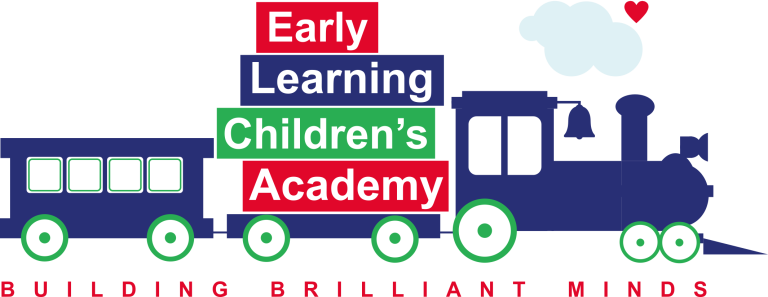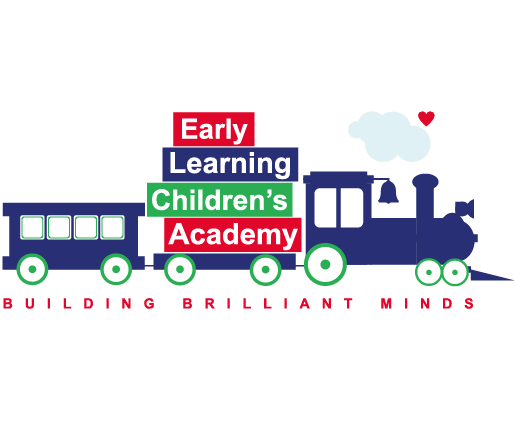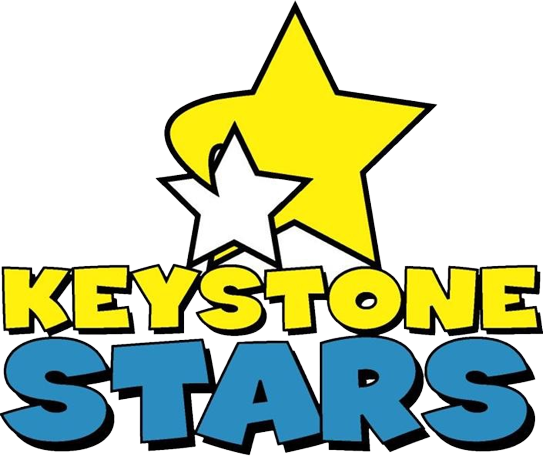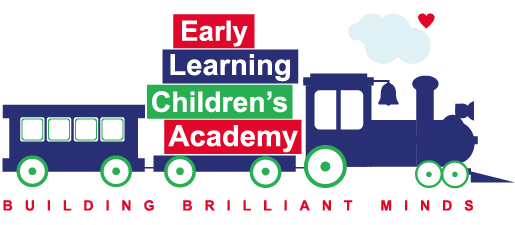Seek, Find, Play – That’s the Magic of Scavenger Hunts
Shhh … don’t tell the kids they’re learning. Because they think they’re just having fun. Which scavenger hunts are, of course. But the activity is also a valuable teaching tool.
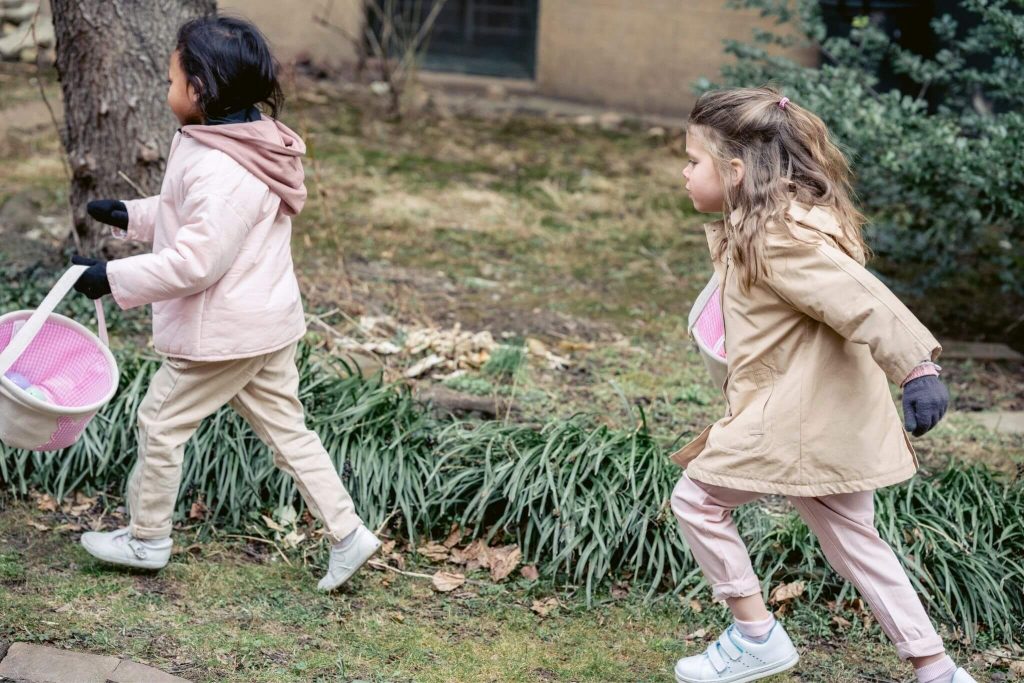
Why Scavenger Hunts Are Good for Preschoolers
The scavenger hunt format is simple: You prepare a list of specific items, which the youngsters find, gather, or identify. Benefits to young minds and bodies include developing listening and observation skills, following directions, making discoveries, and getting hands-on with their worlds.
Plus, scavenger hunts are active – kids are moving around, exercising, running, doing. They’re getting outside in winter and every season. Their endless curiosity about everyone and everything is rewarded by looking for and locating something new.
Upfront Organization Gets Kids Excited & Engaged
Flexibility is fundamental to the scavenger hunt concept. A hunt can take place indoors or outdoors, any day of the year, in a classroom, on a playground, during a walk or field trip, wherever is fine. Everything about a hunt is changeable, which makes customizing to the size and abilities of a group easily. Themes are unlimited – just look around for daycare-oriented possibilities, like:
- Alphabet
- Colors
- Numbers
- Shapes
- Sounds
- Animals
- Walks in winter, spring, summer, fall
- Holidays – Valentine’s Day, Easter, Independence Day, Thanksgiving, Christmas
And so on and so on. Let your imagination go and lots of ideas will come to you.
But a successful scavenger hunt doesn’t just happen. You want to organize ahead of time by:
- Selecting a theme and location
- Putting together a list of clues
- Making sure items are available
- Staging the activity within the time you’ve allotted
- Talking about the hunt, what kids found, how they had fun
Maintaining control of a hunt is important. Supervising kids carefully is an obvious responsibility; you always want to make sure they’re protected and hunting in a safe place.
Variety is the key to keeping kids interested. When they search for something different every time, they stay excited and attentive. Having a hunt periodically and promoting the event builds anticipation as kids look forward to the big adventure, guessing about what comes next.
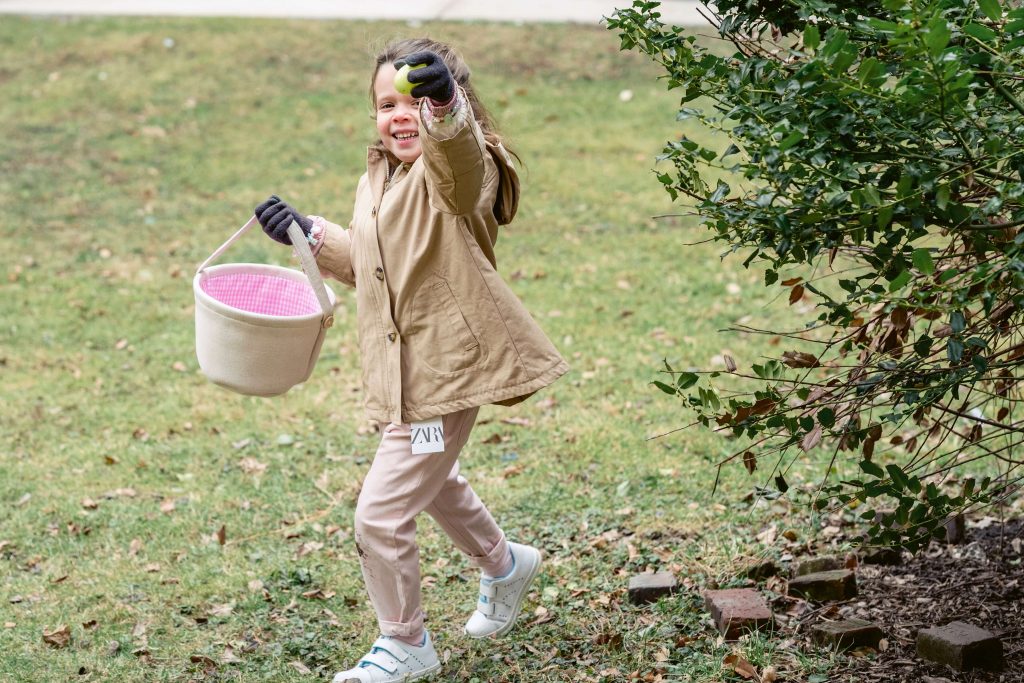
Age-Appropriate Structure Matters
Given the wide range of abilities and behaviors typical of daycare years, you want to match every hunt to the kids involved. Clue sheets of some sort are basic, but they can be simple or elaborate depending on the situation, preparation time, and available resources.
For example, a color hunt for toddlers aged two and three uses color blocks as clues because the kids don’t read yet. The clue sheet may be as uncomplicated as half a dozen large colored circles printed or drawn on a page. Attaching the sheet to a clipboard along with a crayon lets youngsters move around the room or playground and cross off each color as they find it.
Four- and five-year-olds are often beginning readers, so their clue sheet is more extensive. Written words accompany a bigger batch of colors, and there’s a space to draw items matching the colors they see.
A nature walk scavenger hunt can be matched to the season and tap into kids’ tactile curiosity –
They love to pick up stuff and collect. Depending on age, the clue list features pictures or words for readily available items like a leaf, stick, pebble, pine cone, or flower. Kids fill a paper bag or bucket with their treasures and show them off to the group when the hunt is done.
Winter hunts are especially intriguing because they get kids into the fresh air, looking around carefully at a time when they think there’s nothing to see. This is an ideal opportunity to combine themes, like alphabet and objects. The clue sheet shows an H and pictures a hat or house – either counts as a find. S accompanies a swing or squirrel; C is a car or cloud; X marks a spot you draw ahead of time in the snow.
Scavenger hunts are great for teaching cooperation when the activity is set up in teams. This functions best as kids approach school age and develop more advanced social skills. Younger children are hyper self-focused, so a hunt is better when each child works on his or her own.
That’s what makes scavenger hunts intriguing – the possibilities are endless and endlessly delightful for kids.
Online Resources Are Plentiful
An internet search turns up dozens of websites devoted to scavenger hunts. The idea originated in ancient folk games and remains popular for all ages to this day. The subject matter can be anything, from simple games for young children, to complex, sophisticated projects dedicated to adults. The flexibility of the quest-centered format means there’s something for everyone – even suggestions for celebrating National Scavenger Hunt Day, which comes around annually on May 24.
Sites geared toward preschoolers are abundant, offering a world of ideas and themes. Many include downloadable clue sheets. Clue sheets are often free or available at a minimal cost. Some sites invite comments, letting you share thoughts and talk about what works best for you and your kids.
Scavenger hunts are the perfect combination of play with learning. Kids love the thrill of seeking, the delight of moving, the reward of discovery. Their excitement is catching, especially since you know their glee is reinforcing your lessons, building up what every young child needs to know. Scavenger hunts are valuable on many levels and totally fun for all concerned.
